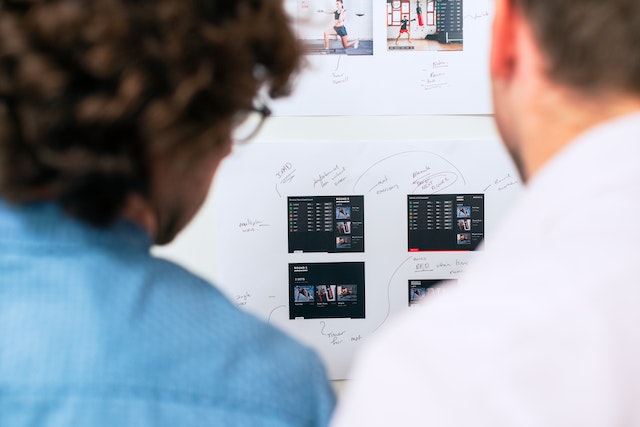Navigating Challenges and Opportunities

GUEST POST from Art Inteligencia
In today’s digitally advanced era, businesses progressively rely on technology to connect with customers, optimize processes, and enhance products and services. However, amidst this rapid digitization, it is crucial to remember that humans should remain at the core of all design and development efforts. Human-centered design (HCD) principles guide us to create meaningful and intuitive solutions that truly address the needs and expectations of users. This article explores the challenges and opportunities of human-centered design in the digital age, emphasizing the importance of empathy and two compelling case studies that exemplify its effectiveness.
Challenges of Human-Centered Design in the Digital Age:
While human-centered design principles promise significant benefits, implementing them in the digital age comes with unique challenges. Some of these challenges include:
1. Big Data Overload: In the digital landscape, businesses are inundated with vast amounts of data about their users. It can be overwhelming to sift through this data effectively to truly understand user needs and preferences. Distilling relevant insights from the sea of information becomes crucial to designing user-centric solutions.
2. Rapid Technological Advances: The pace at which technology evolves poses challenges in keeping up with user expectations. Designers must not only adapt to the evolving technological landscape but also anticipate potential user challenges and preferences that emerge with new technologies.
Opportunities presented by Human-Centered Design in the Digital Age:
Human-centered design offers numerous opportunities for businesses to excel in the digital age. Some key opportunities include:
1. Enhancing User Experience (UX): User experience is the cornerstone of success in the digital realm. By understanding users intimately through human-centered design practices, businesses can craft seamless, intuitive, and immersive experiences that exceed user expectations. A well-designed UX fosters loyalty, advocacy, and differentiates a brand in an intensely competitive market.
2. Driving Digital Transformation: Human-centered design enables organizations to drive digital transformation effectively. By consistently placing humans at the center of strategic decision-making, businesses can create digital products and services that drive productive, efficient, and meaningful outcomes.
Case Study 1: Airbnb – Transforming Travel Experiences:
Airbnb’s success is deeply rooted in the implementation of human-centered design principles. By aligning their platform with the needs, desires, and pain points of both hosts and guests, Airbnb created a transformative experience in the travel industry. The platform offers personalized recommendations, user reviews, intuitive search features, and streamlined booking processes, centered around user needs. Airbnb’s human-centered approach revolutionized the travel industry and disrupted traditional accommodation providers.
Case Study 2: Apple – Revolutionizing Digital Communication:
Apple’s dominance in the smartphone market is a testament to its adherence to human-centered design principles. Through exquisite hardware and software integration, intuitive interfaces, and seamless connectivity, Apple prioritizes a superior user experience. By keenly understanding user emotions, wants, and needs, Apple revolutionized digital communication and became a symbol of exceptional human-centered design in the digital age.
Conclusion
In the digital age, human-centered design remains instrumental in overcoming challenges and capitalizing on opportunities. By genuinely understanding users, their struggles, and preferences, businesses can create innovative and meaningful digital solutions. As demonstrated by Airbnb and Apple, human-centered design has the power to transform industries and build strong connections with users. Embracing human-centered design in the digital age is not only an ethical decision but also a strategic choice that fosters long-term success and establishes an organization as a leader in its domain.
Bottom line: Futurology is not fortune telling. Futurists use a scientific approach to create their deliverables, but a methodology and tools like those in FutureHacking™ can empower anyone to engage in futurology themselves.
Image credit: Pexels
![]() Sign up here to get Human-Centered Change & Innovation Weekly delivered to your inbox every week.
Sign up here to get Human-Centered Change & Innovation Weekly delivered to your inbox every week.